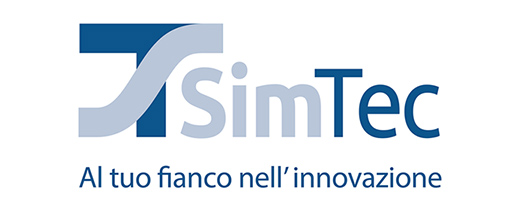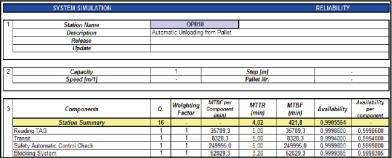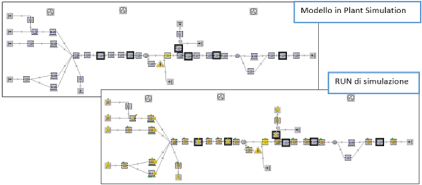Uses

The simulation is a dynamic tool forecast a system evolution and find a solution to get the desired responses.
If the system is easy to solve this kind of analisys can be done in static mode with math model; but if the complexity increase only simulation technique can afford to get a better result and solve the problem.
In industrial field the simulation can be used in all phases of Life Cycle Cost, expecially during flow pre-engineering phase when are defined material and information flow to get the production target.



 Industrial field the simulation can be used in all phases of Life Cycle Cost, expecially during flow pre-engineering phase when are defined material and information flow to get the production target.
Industrial field the simulation can be used in all phases of Life Cycle Cost, expecially during flow pre-engineering phase when are defined material and information flow to get the production target. The aim of any flow simulation analysis is to provide the customer all relevant results, which the management can use in order to take smarted decisions about things like flow management, investments on assets or eventual layout variations.
The aim of any flow simulation analysis is to provide the customer all relevant results, which the management can use in order to take smarted decisions about things like flow management, investments on assets or eventual layout variations. The simulation process is highly complex and it should be leaded by experts, as mistakes often occurs. The major steps to conduce a simulation analysis are the followings:
The simulation process is highly complex and it should be leaded by experts, as mistakes often occurs. The major steps to conduce a simulation analysis are the followings:


 The simulation of a production process enables measurement of the performance of a production line without the need to actually put into operation.
The simulation of a production process enables measurement of the performance of a production line without the need to actually put into operation.